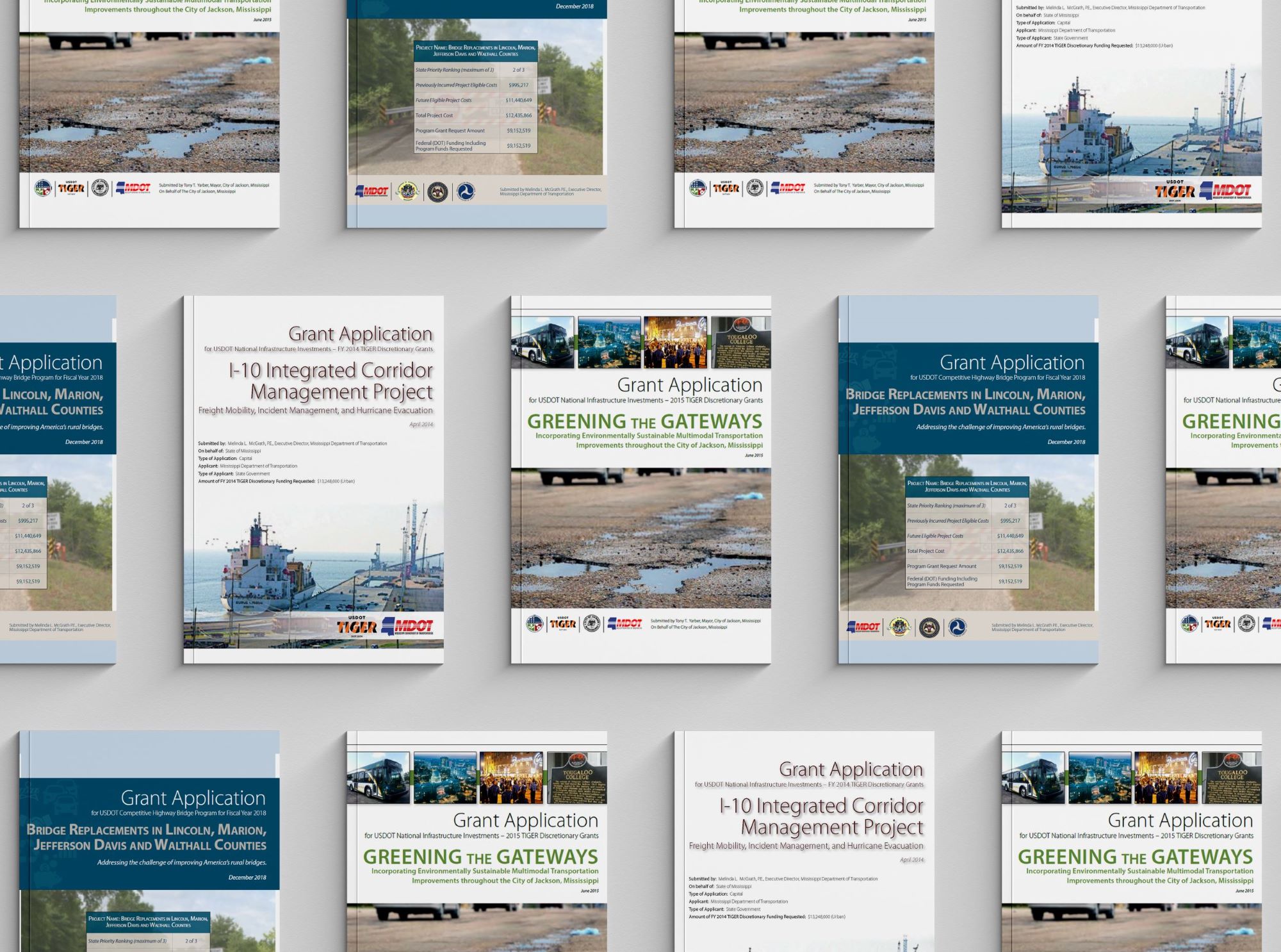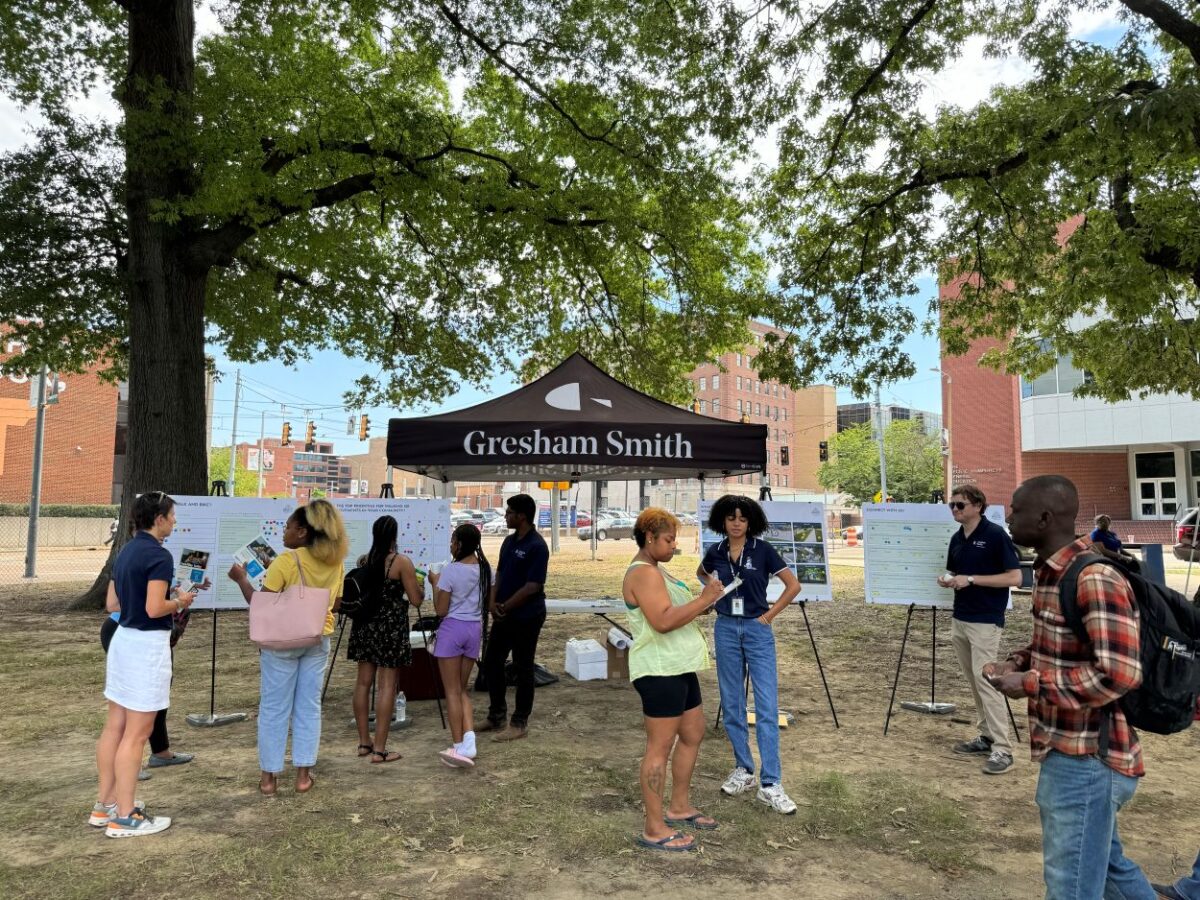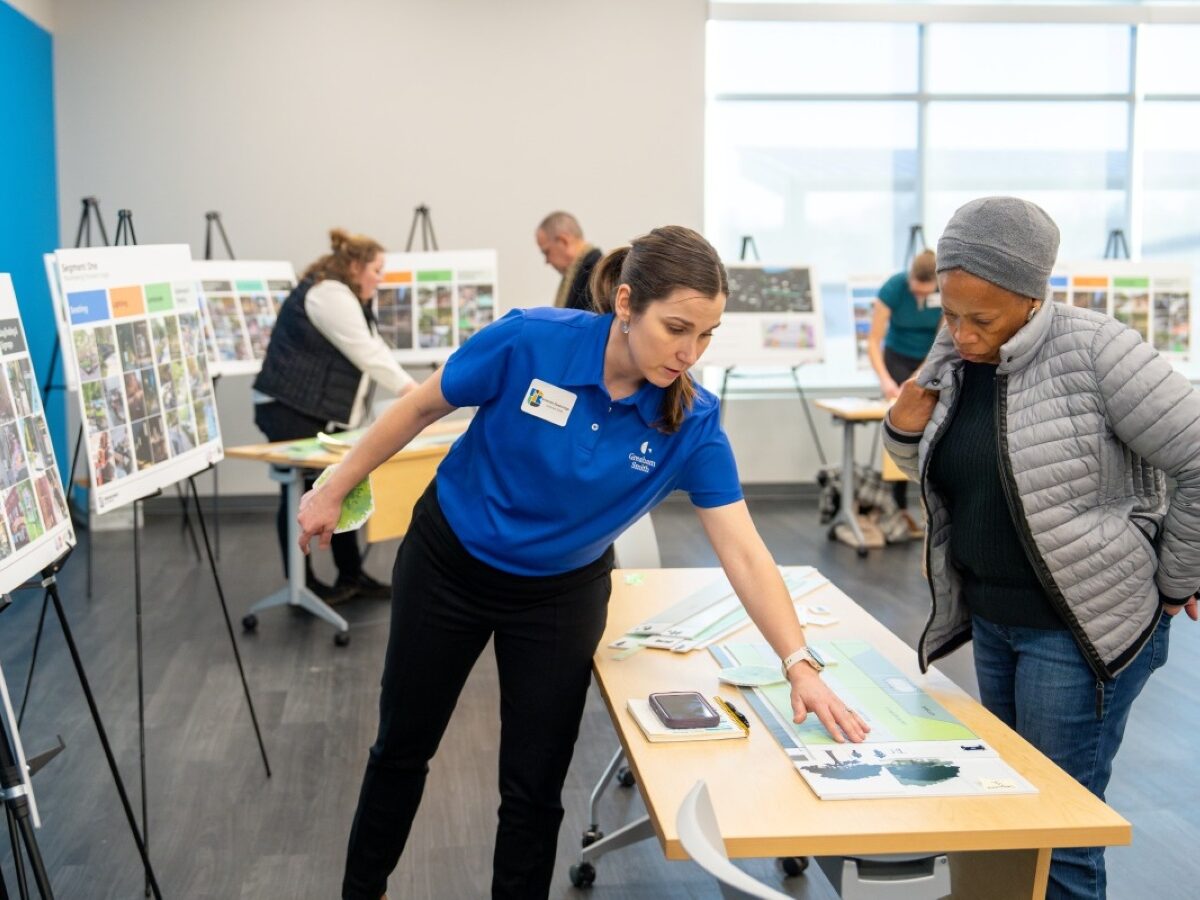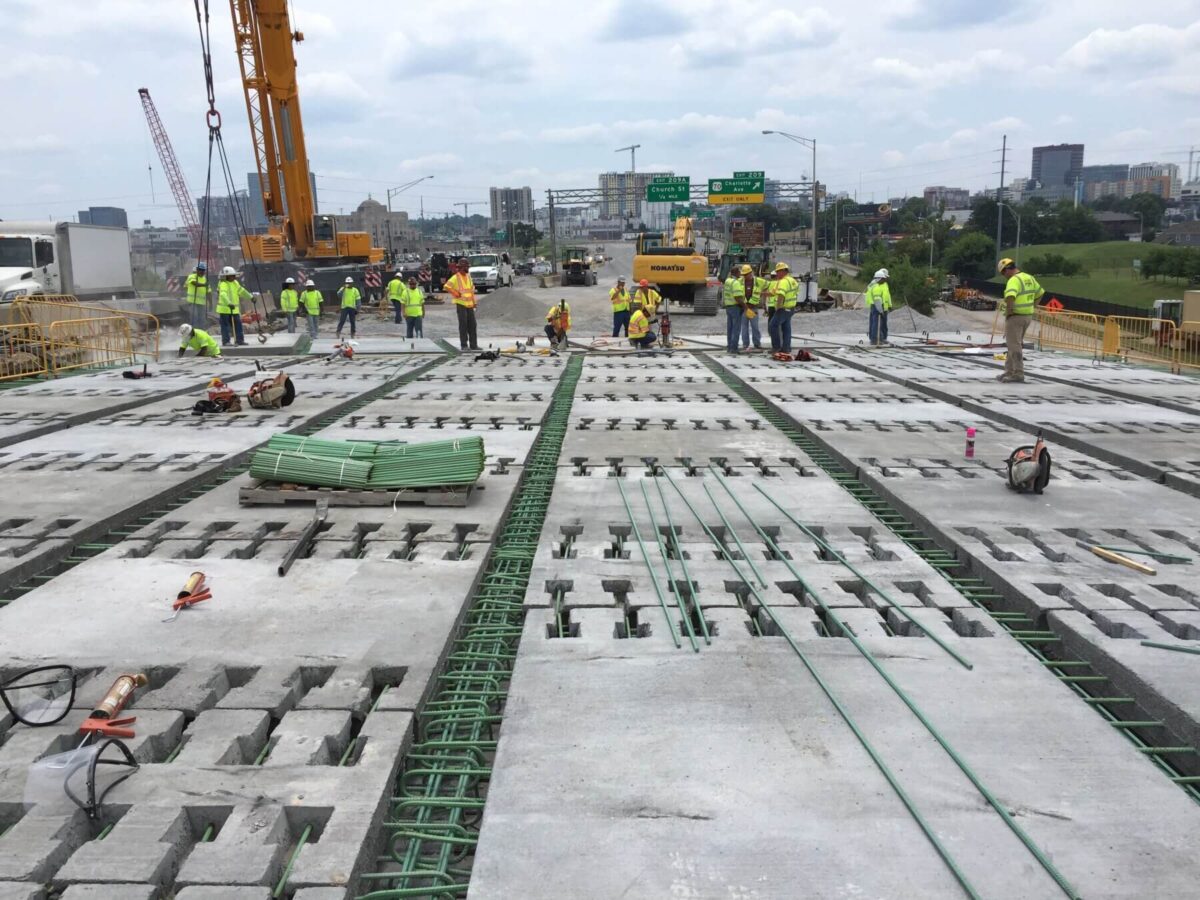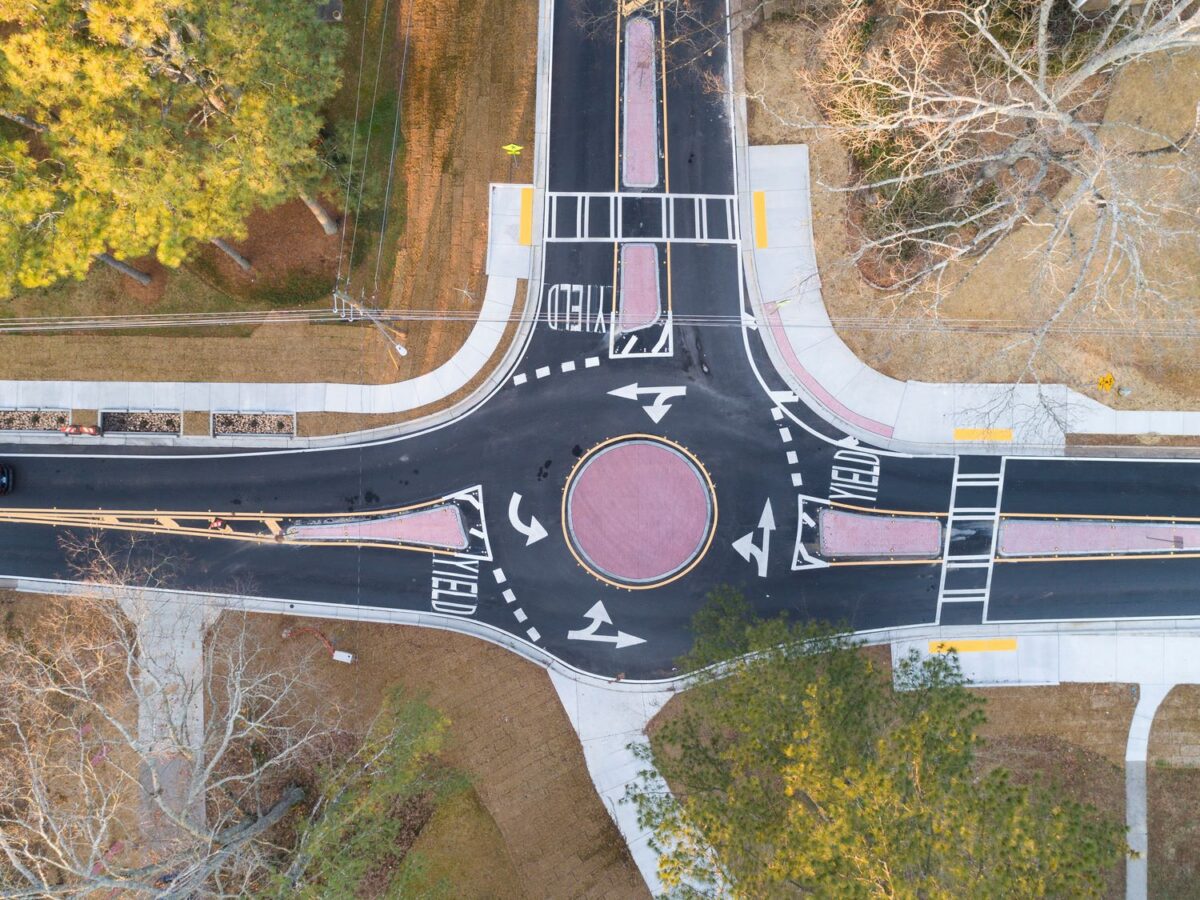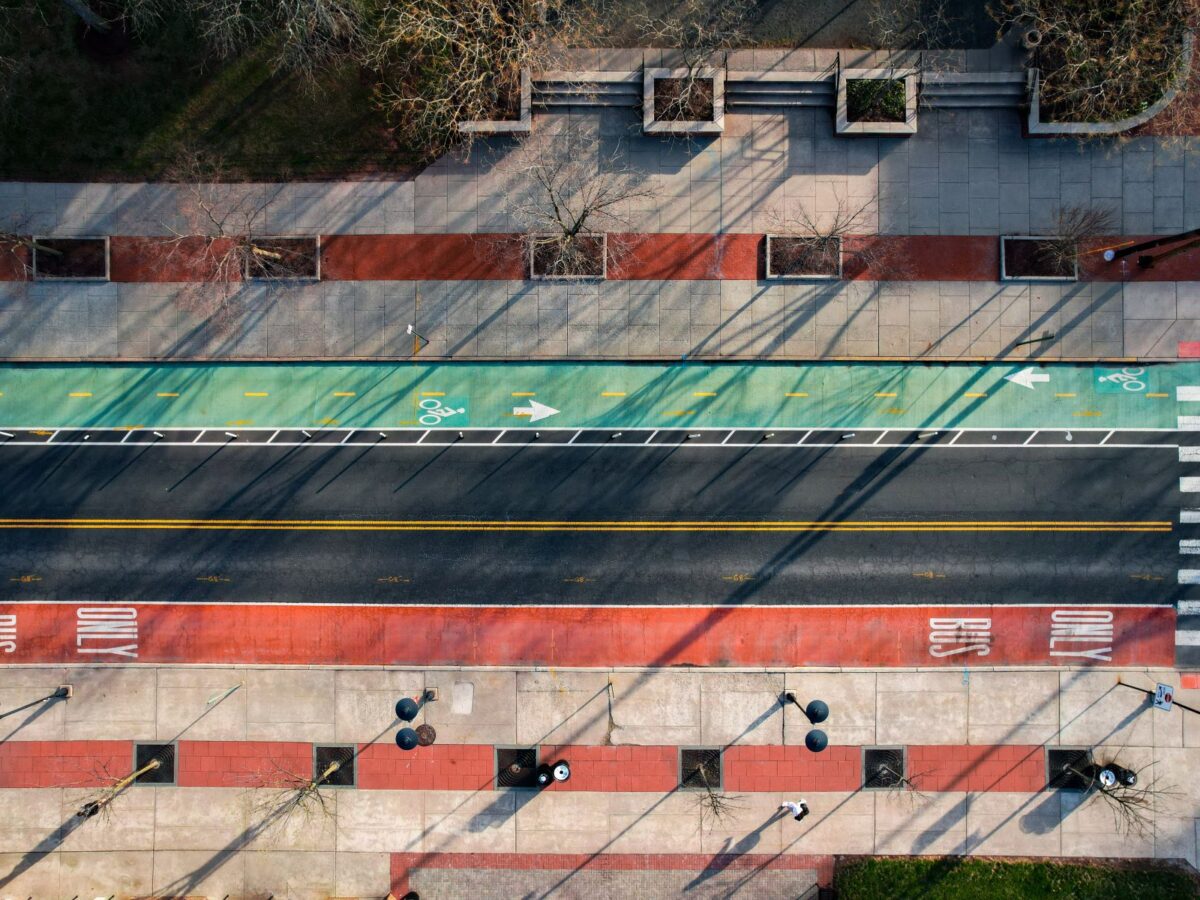In late 2021, Congress passed the Infrastructure Investment and Jobs Act (IIJA), which is now more commonly referred to as the Bipartisan Infrastructure Law. Much has been made about the significance of this new law, which will bring a jolt of over $500 billion in new federal funding to help states and local governments fund their growing list of infrastructure needs—from roads and bridges to transit and broadband access. One lesser known piece of the law that shouldn’t be overlooked is the batch of additional money that’s being allocated for the U.S. Department of Transportation to distribute via competitive grants to state and local governments.
Overall, more than $40 billion has been set aside for competitive grants over the next five years. Of that $40 billion, there are eight subsets of projects, which are as follows:
- Megaprojects: $5 billion has been allocated for critical projects that are too large or complex for existing funding programs.
- RAISE: $7.5 billion has been set aside to support surface transportation projects of local or regional significance. (RAISE is formerly known as BUILD or TIGER).
- Safe Streets: $5 billion will go to support local government’s “Vision Zero” plans, which call for a future free of pedestrian deaths or injuries on our roadways.
- Culverts: $1 billion has been allocated for removing, replacing or restoring aging culverts to improve fish passage.
- Bridge: $12.5 billion will be used to replace and restore major bridges.
- INFRA: $8 billion is set aside to rebuild infrastructure projects. (INFRA is formerly known as FASTLANE).
- Rural: $2 billion will be used to improve and expand surface transportation infrastructure in rural areas.
- PROTECT: $1.4 billion is earmarked for resilience improvement, evacuation routes and at-risk coastal infrastructure.
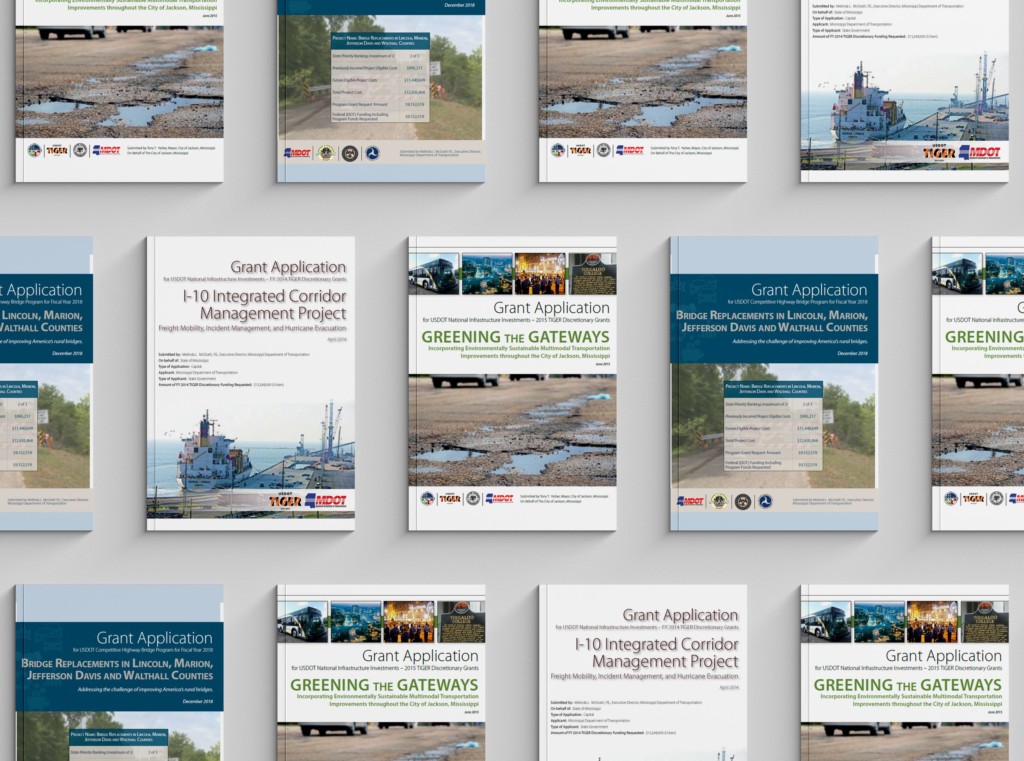
All of this presents a major opportunity for state and local governments to take advantage of federal dollars and put them to use to meet their infrastructure needs. As state and local leaders look to see how this infusion of federal dollars into infrastructure might work for them, consider the following checklist to be sure you’re making a competitive case for your needs:
- Create a timeline: It’s a new year with a new infrastructure bill. You have five years to take advantage of it. Determine your timeline by looking at your short- and long-term list of needs and assess where you can best use potential grant money.
- Set priorities: Not every project is right for federal funding. Look at your needs and determine where you might be able to make a compelling case for say, a megaproject, or something that has been on your wish list but you’re unable to fund it without federal support.
- Develop a preliminary cost-benefit analysis: As part of the grant-writing process, you will usually need to put together a formal cost-benefit analysis to show the potential impact of the grant money in your community. Before you start your grant applications, think about where you can make the case for USDOT to get the most bang for their buck. Find what improvements and updates will make the biggest difference in terms of lives impacted.
- Build out your list of stakeholders: Every competitive application needs letters of recommendation from local leaders that will resonate with the USDOT in Washington, D.C. As you begin to think about projects and areas of need, begin to develop a list of local leaders that you can call on to speak up about the need for funding for a given project.
- Put your team in place: Researching and applying for federal grants is often a tedious and time-intensive process. It’s also very competitive. Determine whether you have the staff and capacity to take on these proposals, or if you need to bring in a consultant like Gresham Smith that brings a special expertise to help you tackle your grant-writing needs. Over the past decade, we have assisted various state departments of transportation and local agencies in obtaining more than $200 million in additional federal discretionary funding, and our success rate is much higher than the national average at 35%.
- Consider using an on-call contract: If you think you might need a consultant’s support with taking on your grant writing challenges, consider developing an on-call contract mechanism ahead of the release of the Notice of Funding Opportunity (NOFO) that USDOT will issue for each grant. Once that NOFO is released, your time to respond and put together your application is limited, so having at team in place beforehand is key.
Now Is The Time
State and local leaders have a unique opportunity to take advantage of the new pot of federal money that’s flowing from the Bipartisan Infrastructure Law. To win these grants, you need a partner that understands how to prepare a competitive application that will help you bring back money to your constituents. Now is the time to start planning for how you can take advantage of this new opportunity.
